Please add image or text logo
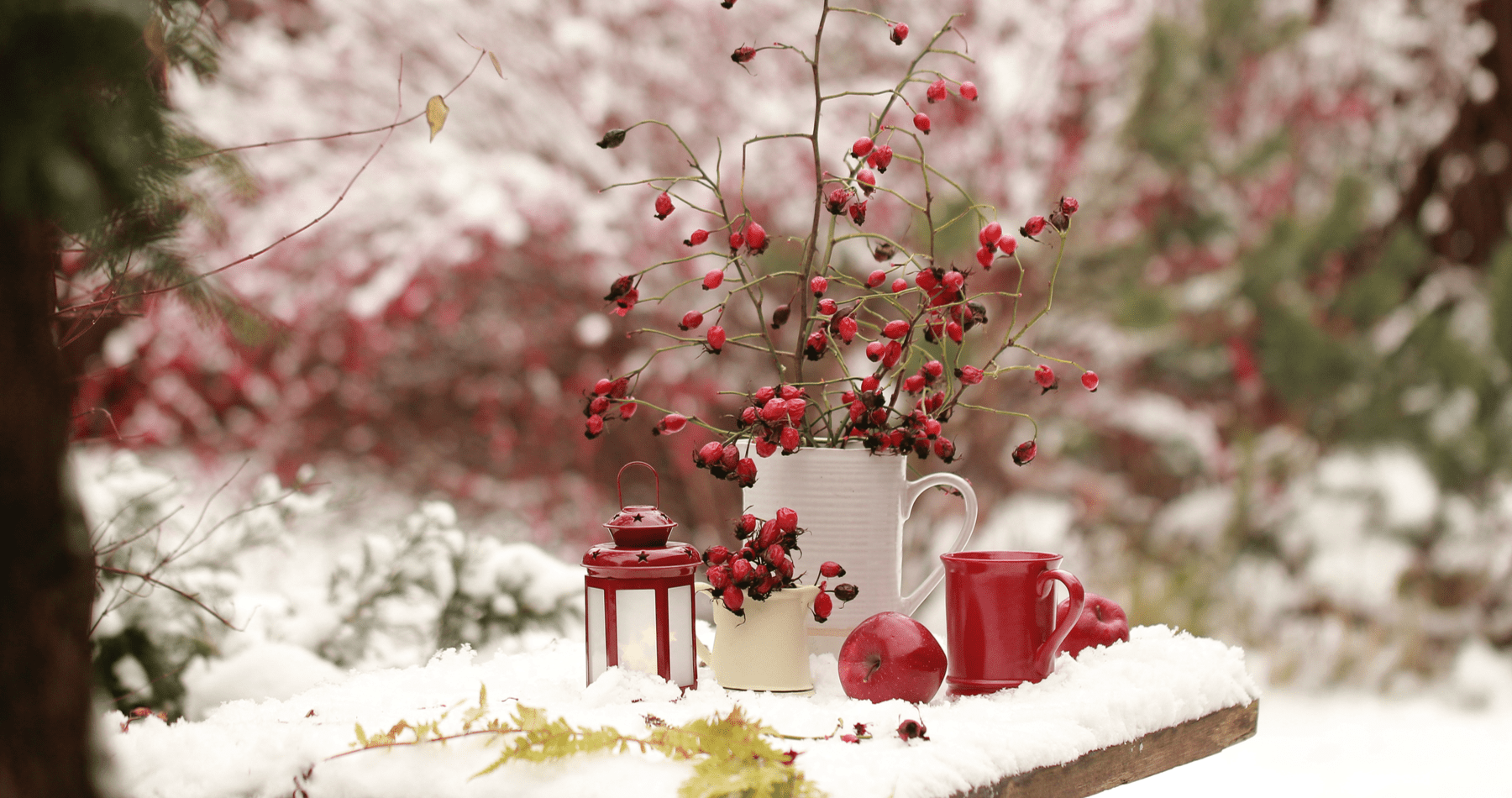
Here is our round-up of news, top tips and ideas for this month!
January is a fairly quiet month in the garden, but a new year means looking forward to vibrant spring displays and longer, lighter days!
This month focuses on preparation and maintenance ready for springtime.
Here are some important garden jobs for January:
• Reuse your Christmas tree. Shred your Christmas tree, or chop smaller branches into pieces, and add to your compost heap to create the perfect garden mulch.
• Prep your greenhouse. Ventilate your greenhouse on sunny days to prevent humidity building up, and tidy up broken pots or old composts to avoid unwanted visitors finding a place to hide!
• Tool maintenance. January is the ideal time to give your lawn mower a basic service or take it to a dealer for maintenance, while it’s not in use. It’s also a great time to clean and sharpen your tools, including hoes, secateurs and shears.
• Spruce up your outdoor space. Remove wet leaves, algae and moss from paths, patios, decking and steps, to avoid slipping and to keep them looking their best!
• Plan ahead. January is the best time to plan for the months ahead and order plants and flowers that will best contribute to your vision. Creating a sowing schedule is also beneficial to making sure you don’t overwhelm yourself or your garden by over-planting seeds once they arrive! Visit us in-store to view our range of seeds.
• Keep pruning. Roses, wisteria, honeysuckle, and rhododendrons can all be pruned in January, to encourage healthy spring growth. Apple and pear trees will also benefit from having dead, damaged and congested branches removed.
• Take care of birds. Top up bird baths with fresh water daily and melt ice with warm water on frosty days.
• Grow perennials from seed. For a summer display, sow some hardy perennials now, such as delphiniums, agastache and Oenothera.
• Clean gutters. Keep gutter and downpipes clear, particularly to ensure that clean rainwater is not interrupted from flowing into water butts.
• Inspect stored produce. If you are storing any fruit and vegetables from your last harvest, check for any that are soft or diseased and get rid of them.
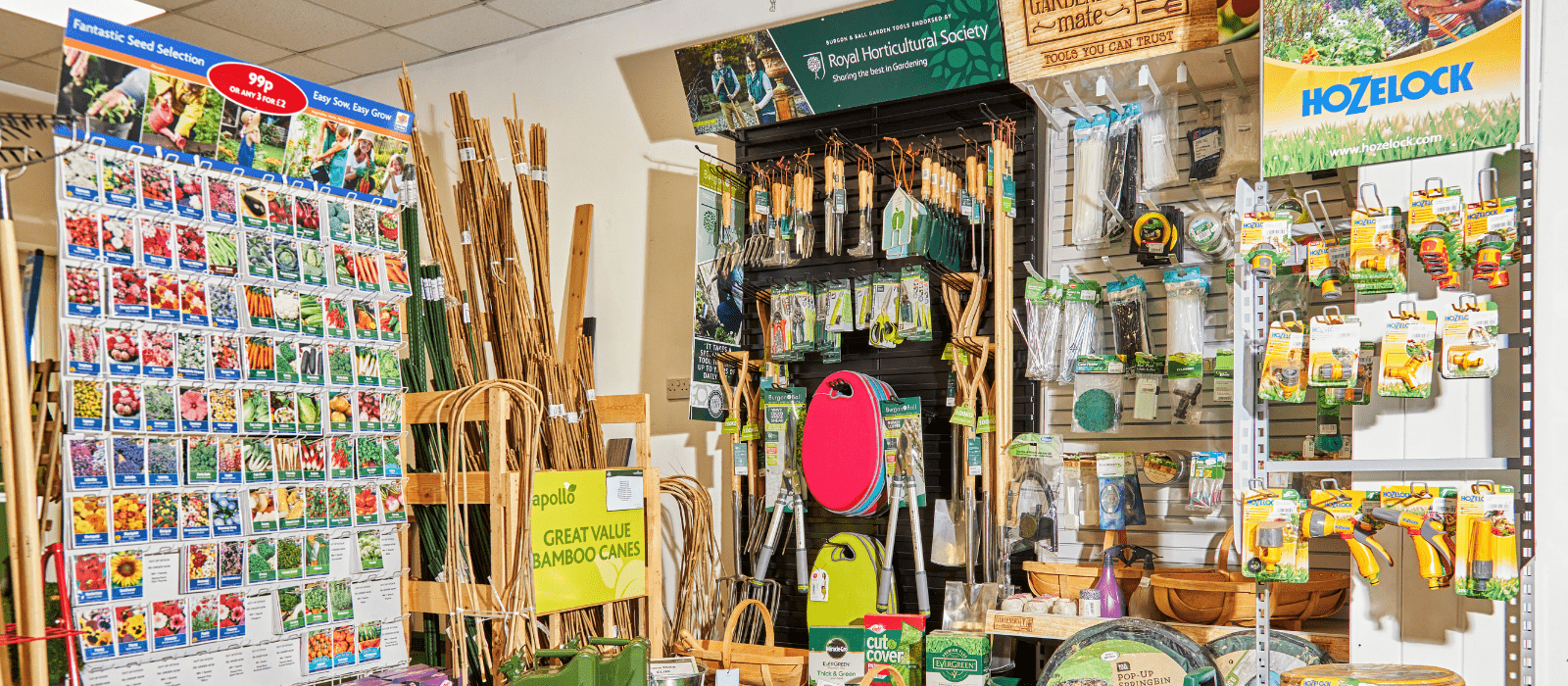
• Plant bare-root trees and bushes. Bare-root ornamental trees, roses, shrubs and hedging can all be planted now if the ground isn’t frozen.
• Sow winter salads. Raise plants from seed under cover, in a bright, well-ventilated spot such as a cold frame, conservatory, or greenhouse, for salad leaves all year round.
• Sow onions. To provide them with the longest growing season possible, sow onion seeds in modules filled with fresh compost and keep them indoors at a temperature of at least 10°C. Transplant them outdoors in March or April.
• Plant garlic. Garlic can be planted outdoors in January, but is best kept in a green greenhouse or cold frame if it is frosty. Plant 3-10cm deep and 15cm apart. Harvest between June and August.
• Harvest cauliflower. About two weeks after blanching, or covering the heads, your cauliflower will be ready to harvest. Harvest when the heads are at least 15cm across, but prior to the flower starting to separate.
• Harvest leeks. Harvest just before you plan to use them, as leeks do not store well. Wash carefully to remove any soil trapped between the leaves.
• Harvest winter cabbages. Provided they are netted to provide protection from birds, winter cabbages can be left in the ground until required.
• Harvest kale. When the leaves reach 20cm, harvest kale and discard the thick central vein.
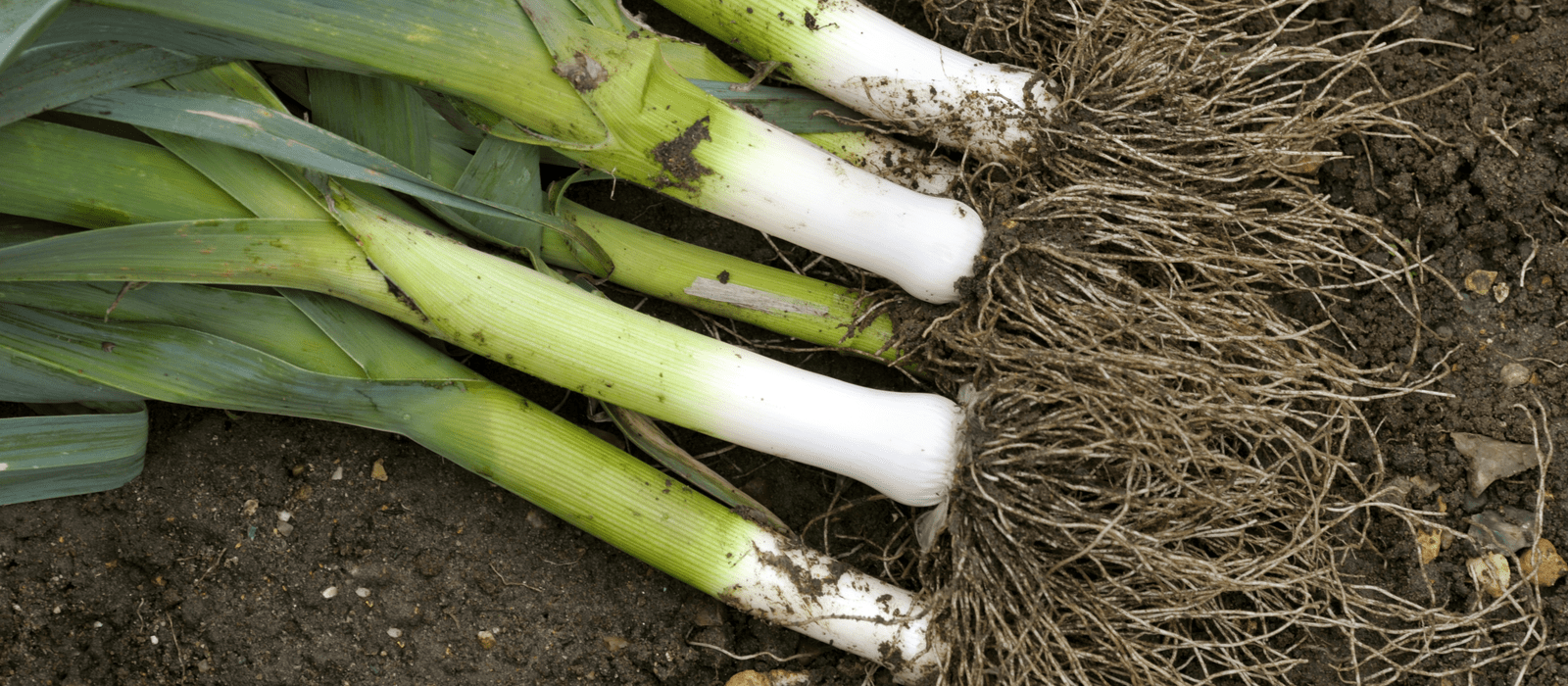
No matter the size of your garden, making it more eco-friendly is possible in a number of small ways:
• Reduce pesticide and fertiliser use. Insecticides, fungicides and herbicide kill insects and the plants that they need to survive. Additionally, pesticides and fertilisers can eventually find their way into rivers and streams, killing fish and invertebrates. Opt instead for organic methods of pest control and fertilisation.
• Composting. By composting more and better, you gain a free source of highly nutritious compost for your plants and produce, and provide a home for wildlife that feed on or burrow in compost heaps.
• Utilise any and all space. Adding as much greenery to your home and garden as possible comes with a number of benefits, from absorbing CO2 to preventing pollution from entering the home. Hedges, plants, windowboxes, and arches are all ways to fill excess space and help the planet in the process.
• Switch from store-bought to home-grown. Reduce food miles and pesticide use by growing fruit, veg and herbs at home. Chillies can be planted now in a windowsill, and salad leaves, courgettes, onions, tomatoes and peppers are all good options to begin with if you’re just starting out.
• Look out for wildlife. Loss of habitat is a main reason for reducing numbers of many wildlife species. Helping to reverse this decline is possible through the planting of pollinator-friendly flowers, food plants for caterpillars, and creating safe habitats, such as log piles, for hedgehogs and other small mammals.
• Save and recycle water. Adding a water butt to your garden provides an environmentally friendly way to water your plants. Visit us in-store to view our range of water butts.
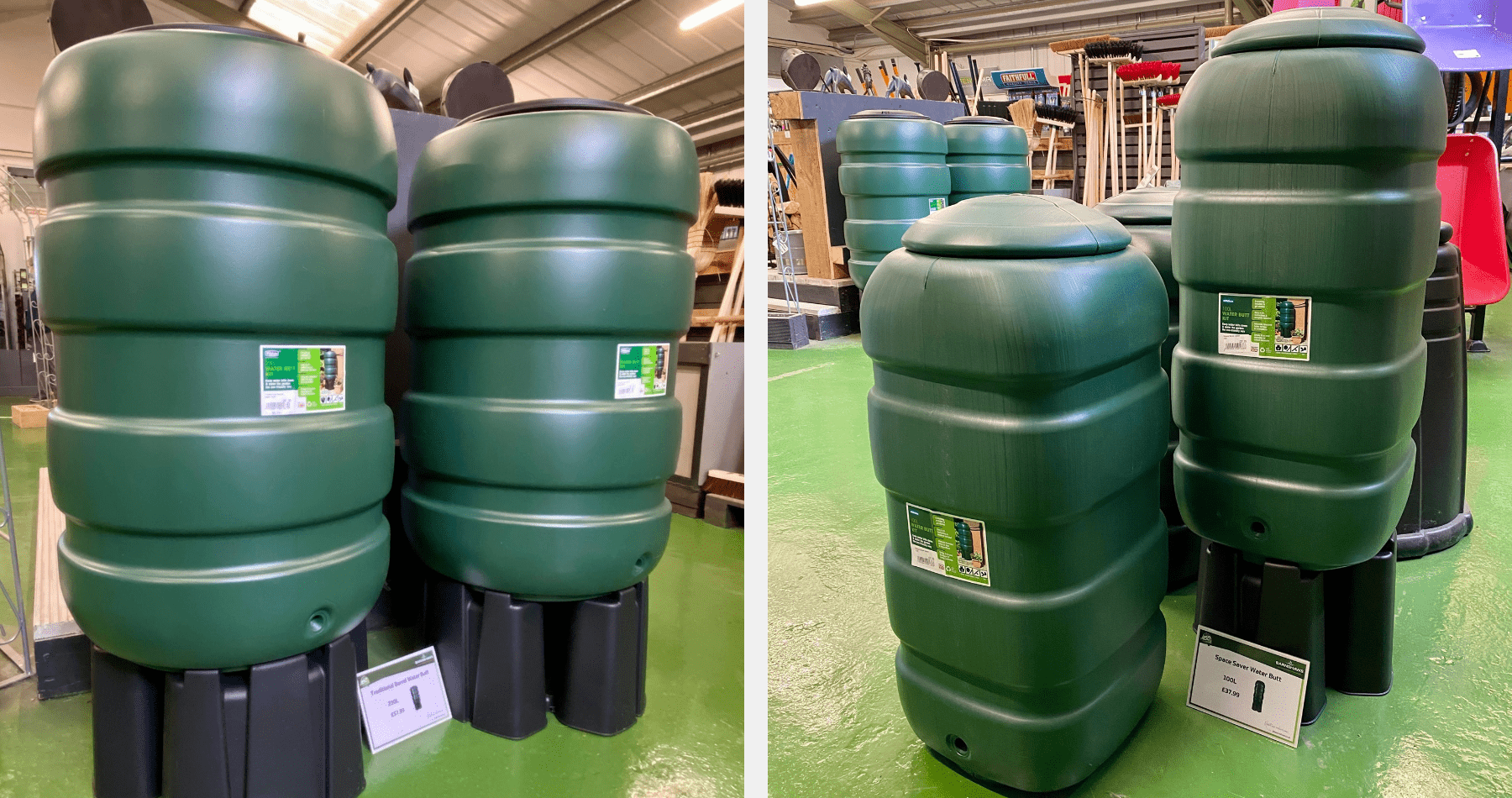
Previously home to a golf course, 320-acre Allestree Park in Derby will become home to wetlands, grassland, woodland, scrubland, and orchards as part of a huge rewilding project!
Derbyshire Wildlife Trust will work with Derby City Council and the University of Derby to make the park better for people and wildlife.
Read more here.
In the last 50 years, about 38 million birds have been lost from UK skies. In an effort to combat this, the RSPB is asking UK residents to take part in the 2022 Big Garden Birdwatch.
Over one million people took part last year, each providing information to the RSPB about the types and number of birds that can be found in gardens across the country and how these figures compare to previous years. Simply watch the birds in your garden, from your balcony or in a local park for one hour, count how many of each species lands in your area, and submit your results online!
To take part in this year’s Big Garden Birdwatch, from 28th – 30th January, sign up here.
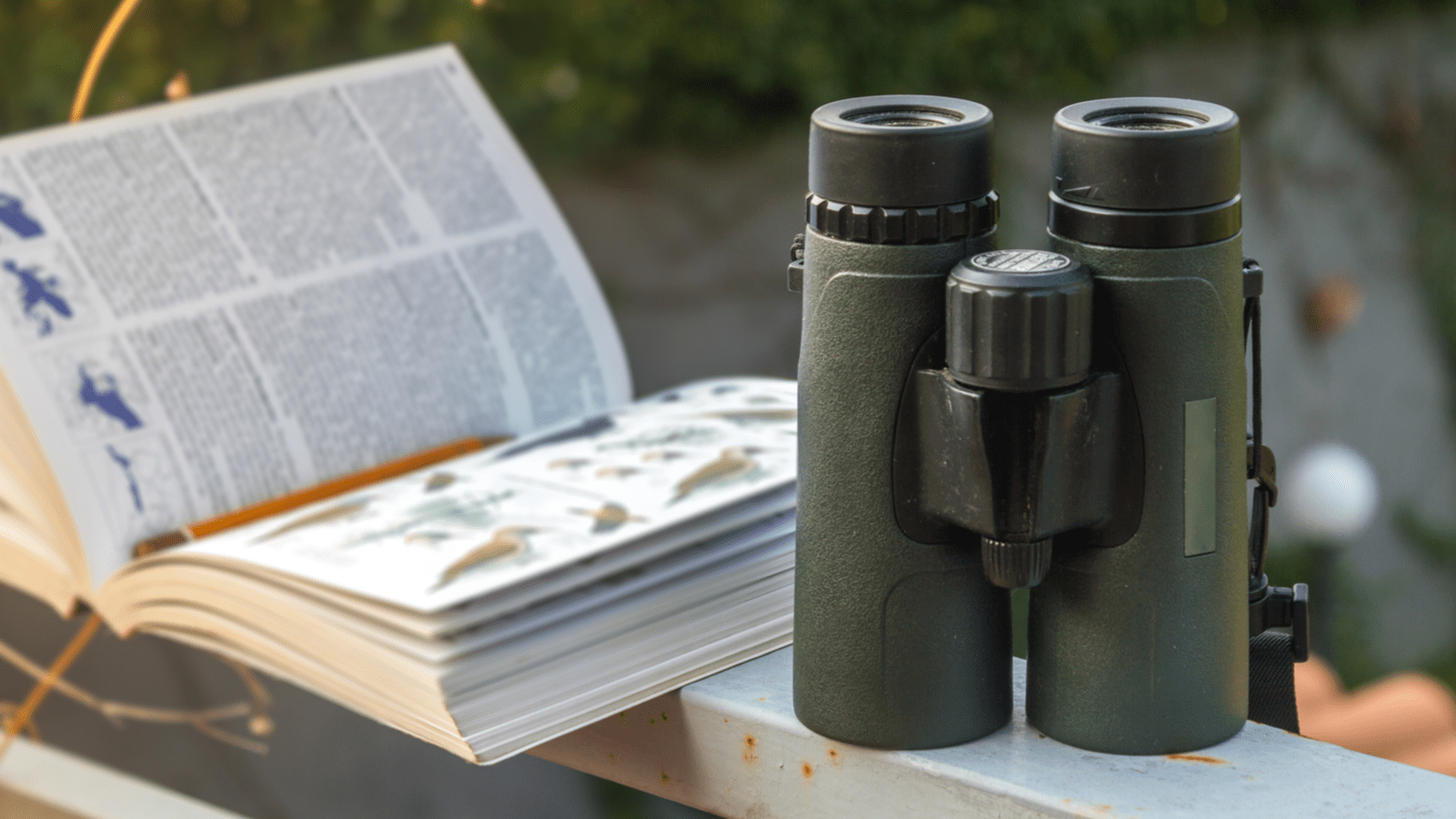
The first episode of David Attenborough’s new five-part Green Planet series is due to air on BBC One on Sunday 9th January, using new filming techniques to explore the lives of plants!
Find out more here.
Including checklists, timetables, step-by-step information and expert advice for year-round gardening, The Gardeners World Almanac is an informative guide providing inspiration for every season and top tips on what to plant when, complemented by beautiful hand-drawn illustrations.
Find out more here.
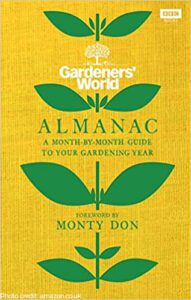
“January. The first month of the year, a perfect time to start all over again, changing energies and deserting old moods, new beginnings, new attitudes.”
– Charmaine J Forde
Author
Stay safe,
From all the team at Earnshaws.